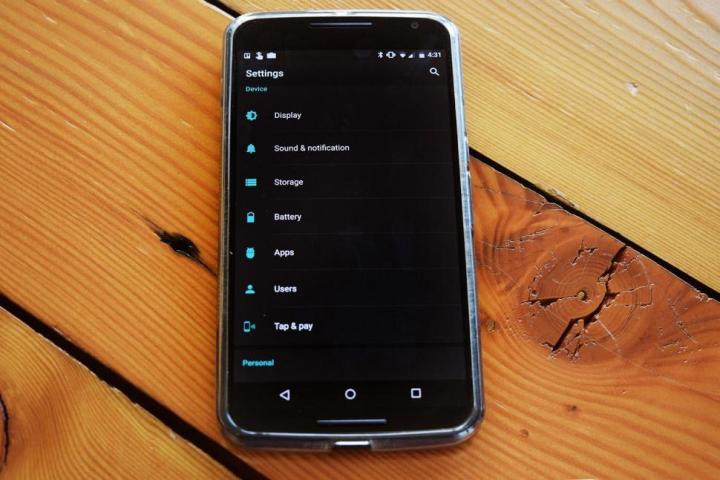
It’s been a long time coming, but yesterday the Android team launched the first of these updates in Android M Developer Preview 2. Product Manager of
Preview 2 packs a few notable aesthetic changes, most of which contain the app drawer. Unlike the drawer in the initial preview, which introduced a weird, congealed app-search bar and cluttered the left-hand side with big alphabetic progress markers, it’s now far cleaner and neater in appearance. Gone are the capital letters, replaced by a row of icons, and a thin border now segregates the search bar from the drawer.
The changes effectively bring the drawer’s design in line with Lollipop. While the new drawer retains vertical scrolling and a dedicated top row of “predictive apps,” apps which Google thinks (by unspecified means) might be useful at any given moment, it’s now otherwise a lot closer in appearance to Lollipop’s drawer. This makes for a far less jarring transition than before, which is definitely welcome.
Beyond the tweaked app drawer, the homescreen has gained another enhancement: a setting to enable landscape mode. Landscape was previously only possible on tablets and wasn’t toggleable.
Memory, a new RAM management section that shipped with the first Android M preview, has gotten a complete overhaul. Instead of kicking you into a confusing list of apps with associated “maximum” and “average” values of memory usage, Memory’s now inhabited by a single bar of average RAM usage across the system. You can adjust the window by 3-hour increments, or drill down to individual apps by tapping on a new “memory used by apps” button.
The System UI Tuner, a sort of design customization engine, is now a bit more powerful, even if it still remains hidden within Android’s developer options. It only let you rearrange the power control pulldown in the first
There’s a new demo mode, too, which seems intended for capturing video and screenshots of apps — it hides notifications, sets the clock to 5:20 and battery to 100%, and displays a full cell signal. And there’s now a swipe-down option in the screenshots notification to delete (presumably) not-so-great shots.
And that’s about it. The improvements may be short of earth-shattering, but they undoubtedly show progress toward a more polished and stable Android M. It’s a good thing, too —
The Android M Developer Preview isn’t really intended for public consumption — it’s mainly an app testing platform for developers — but if you’re willing to put up with the sort of general instability associated with these types of releases, you can download Preview 2 from the developer preview website. For a more seamless experience, we suggest waiting a bit — Google says it’ll start rolling out the update to supported Nexus devices (e.g., Nexus 5, Nexus 6, Nexus 9, and Nexus Player) over the next few days.
Editors' Recommendations
- Google just released the first Android 15 beta. Here’s what’s new
- Google Pixel Fold 2: news, rumored price, release date, and more
- The first Android 14 preview is here, and these are its 3 biggest changes
- Google’s Digital Wellbeing widget hits Android devices soon
- Google is making Android devices work better together with expanded Fast Pairing

